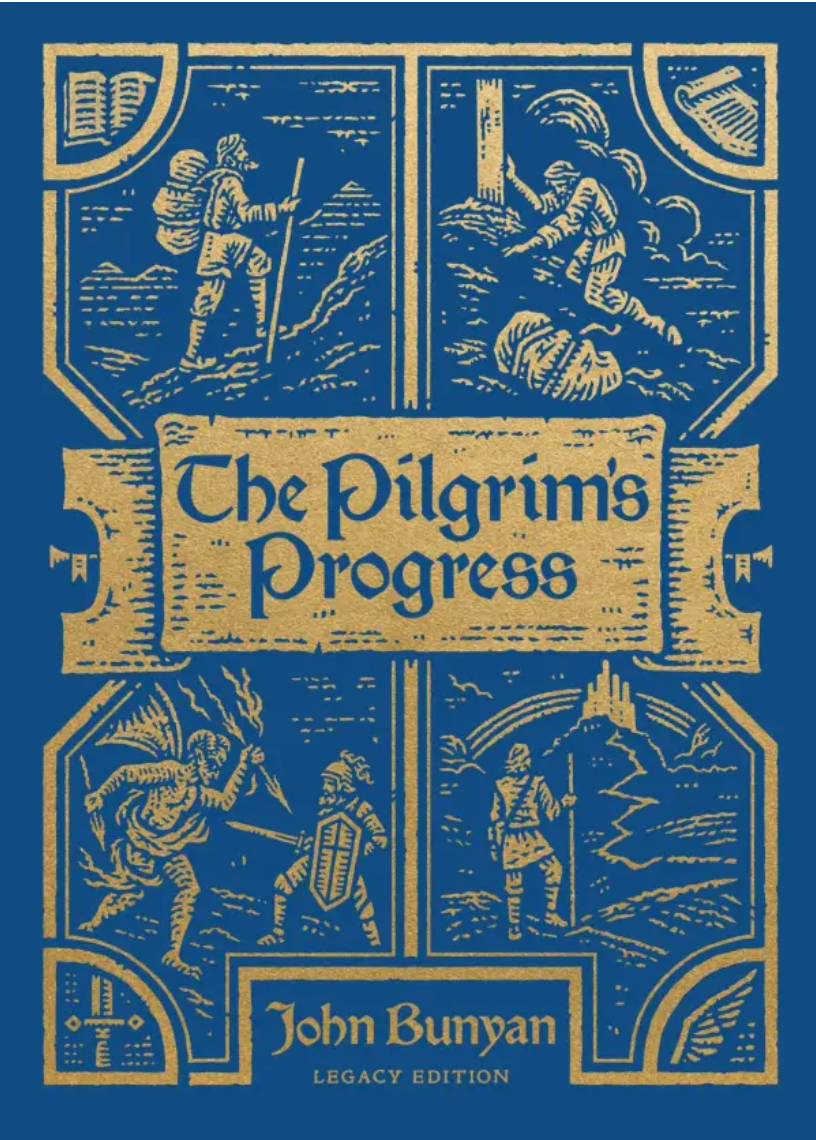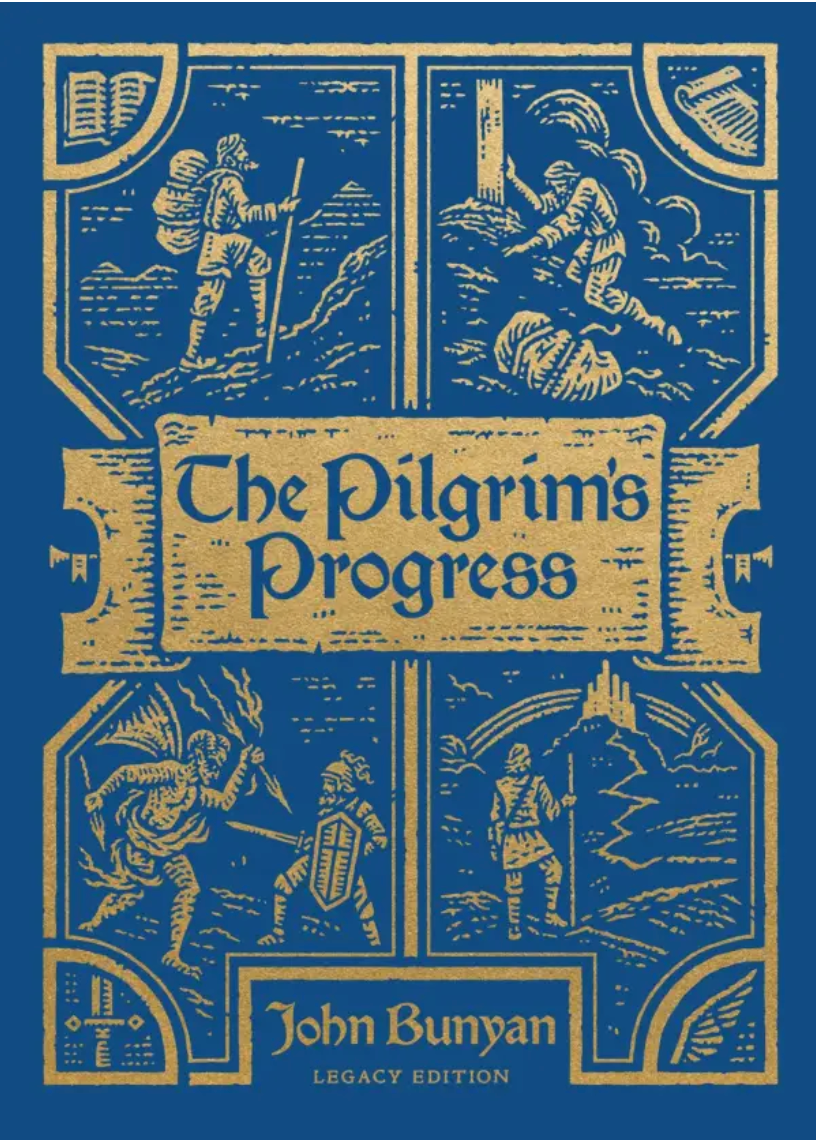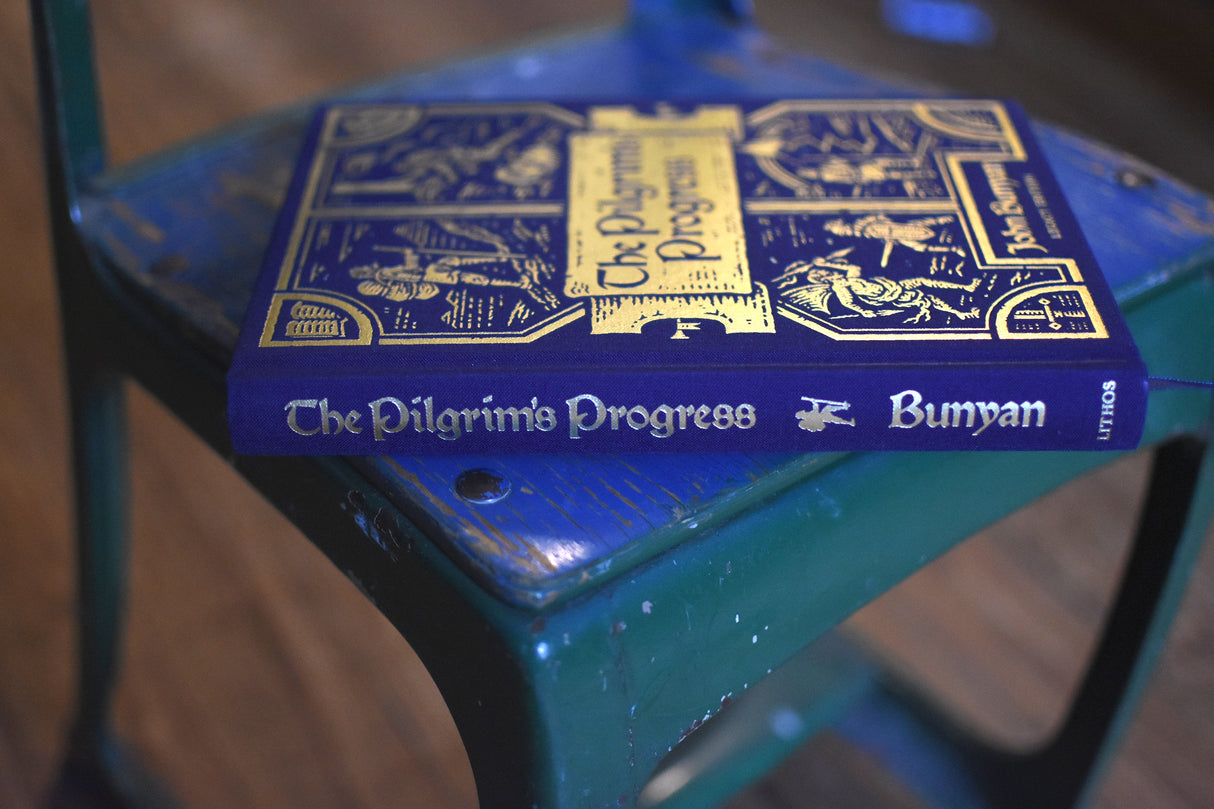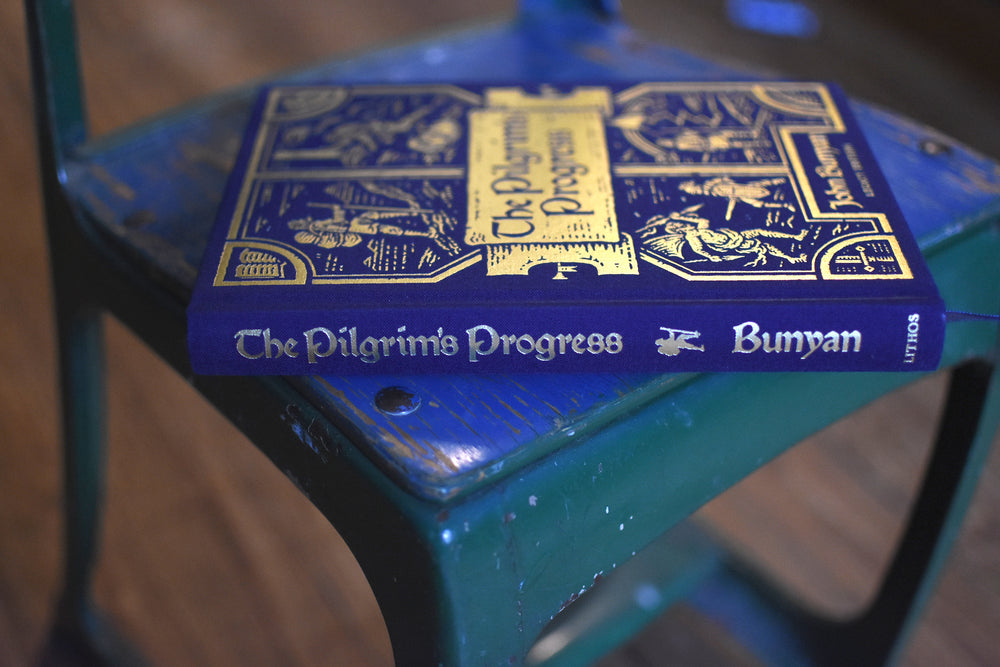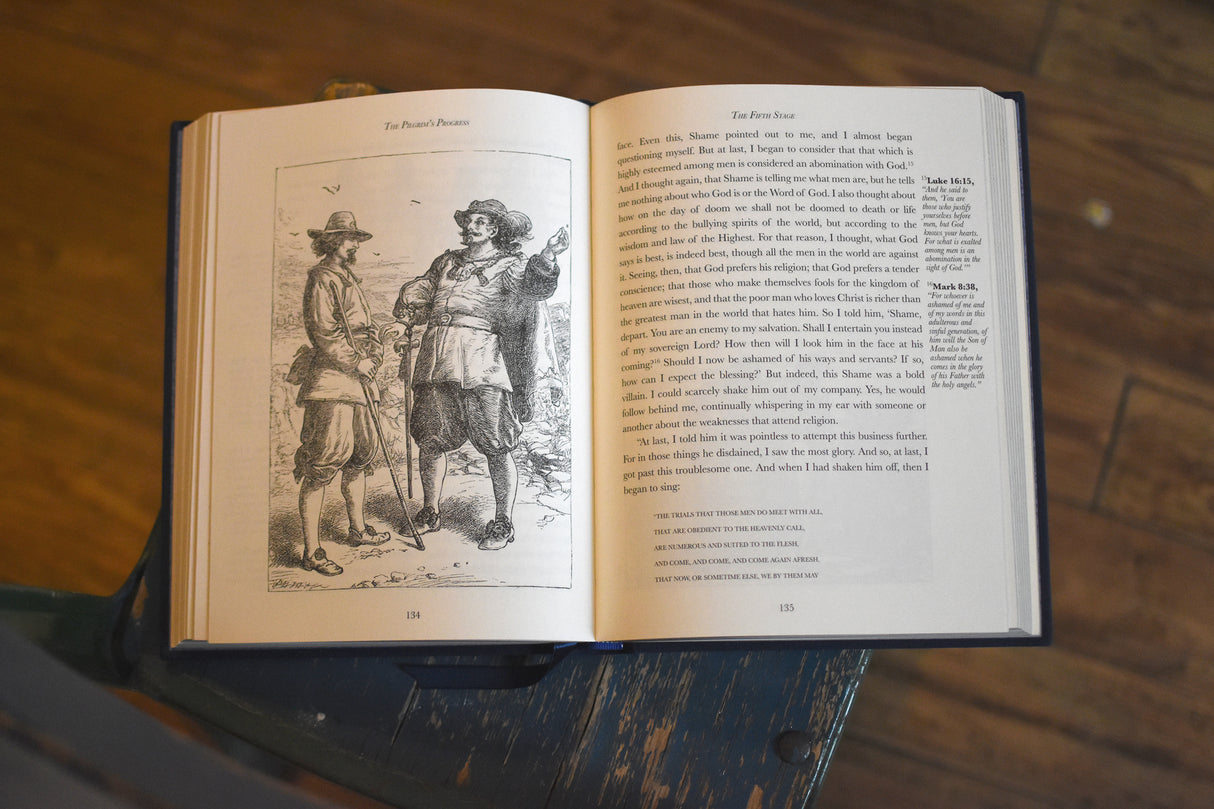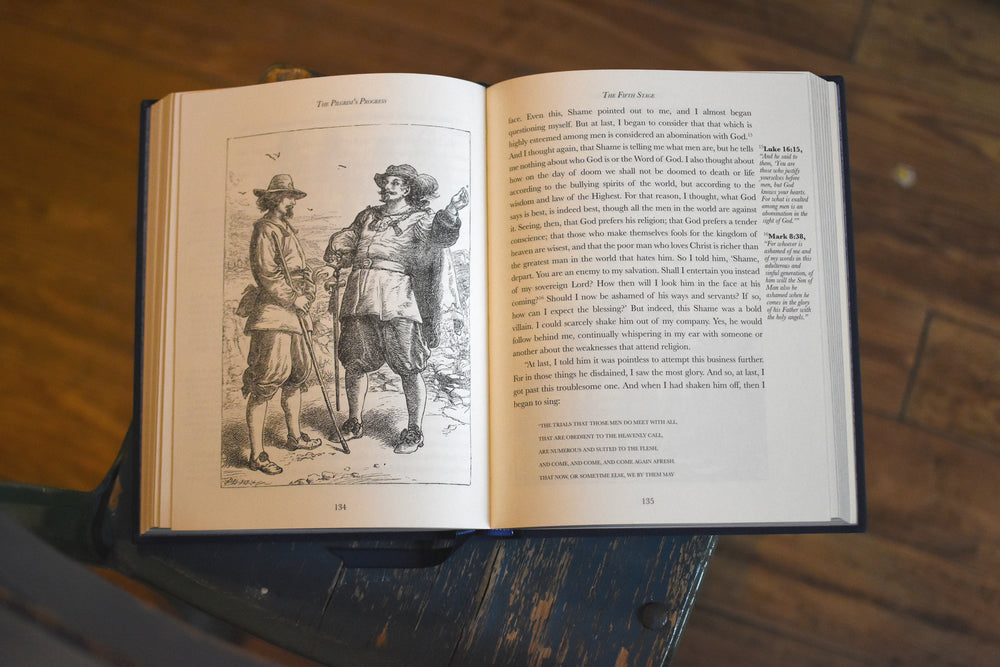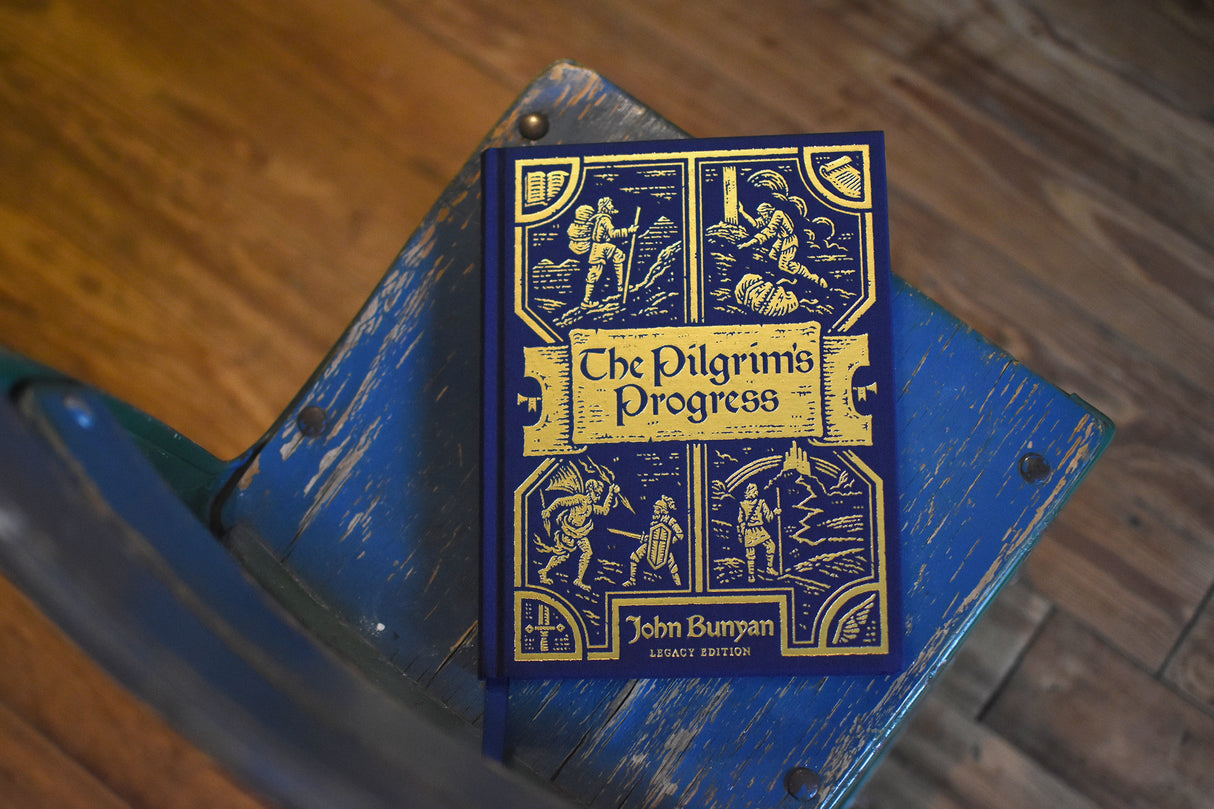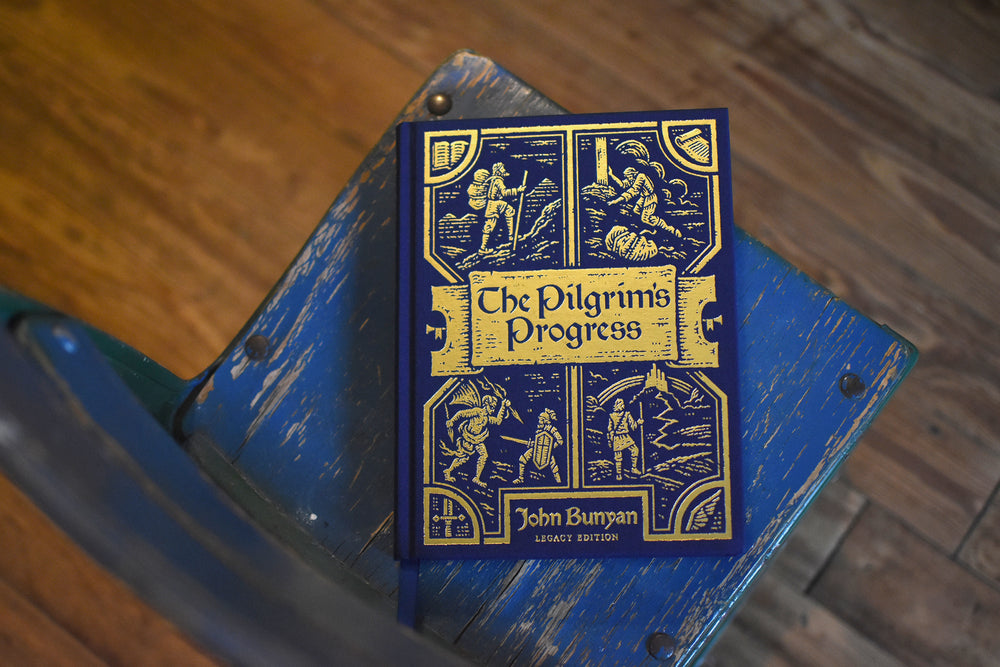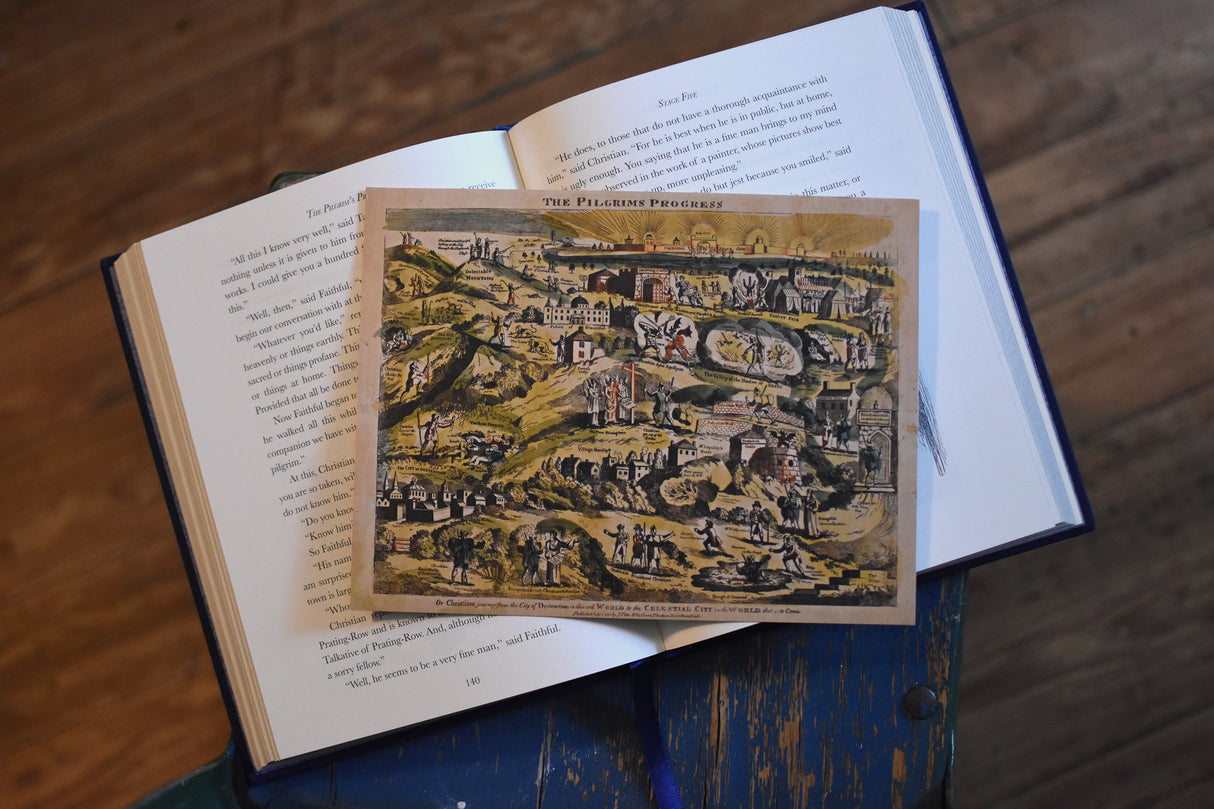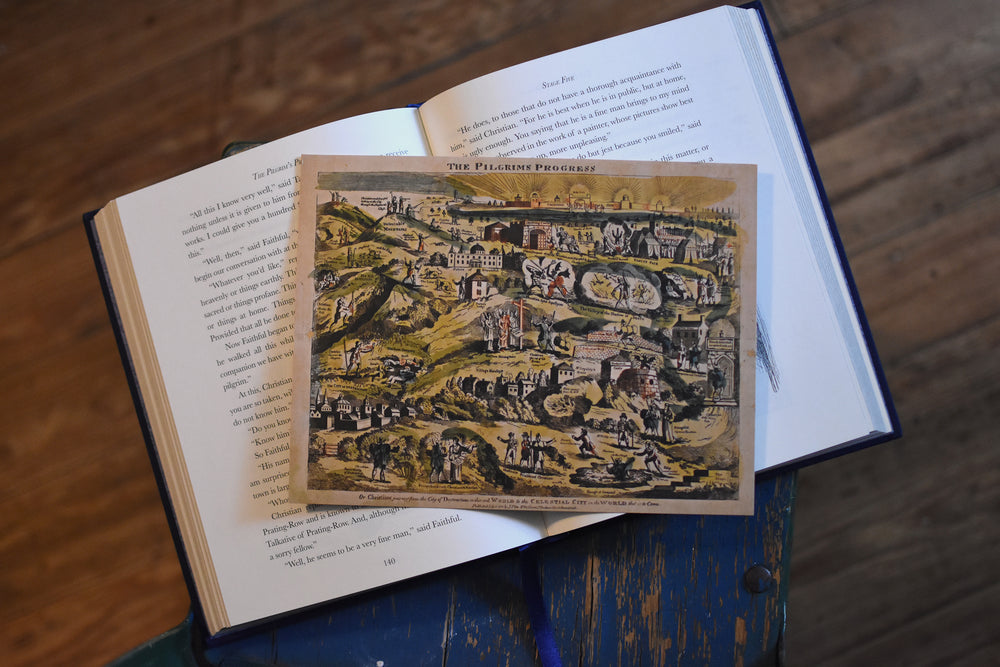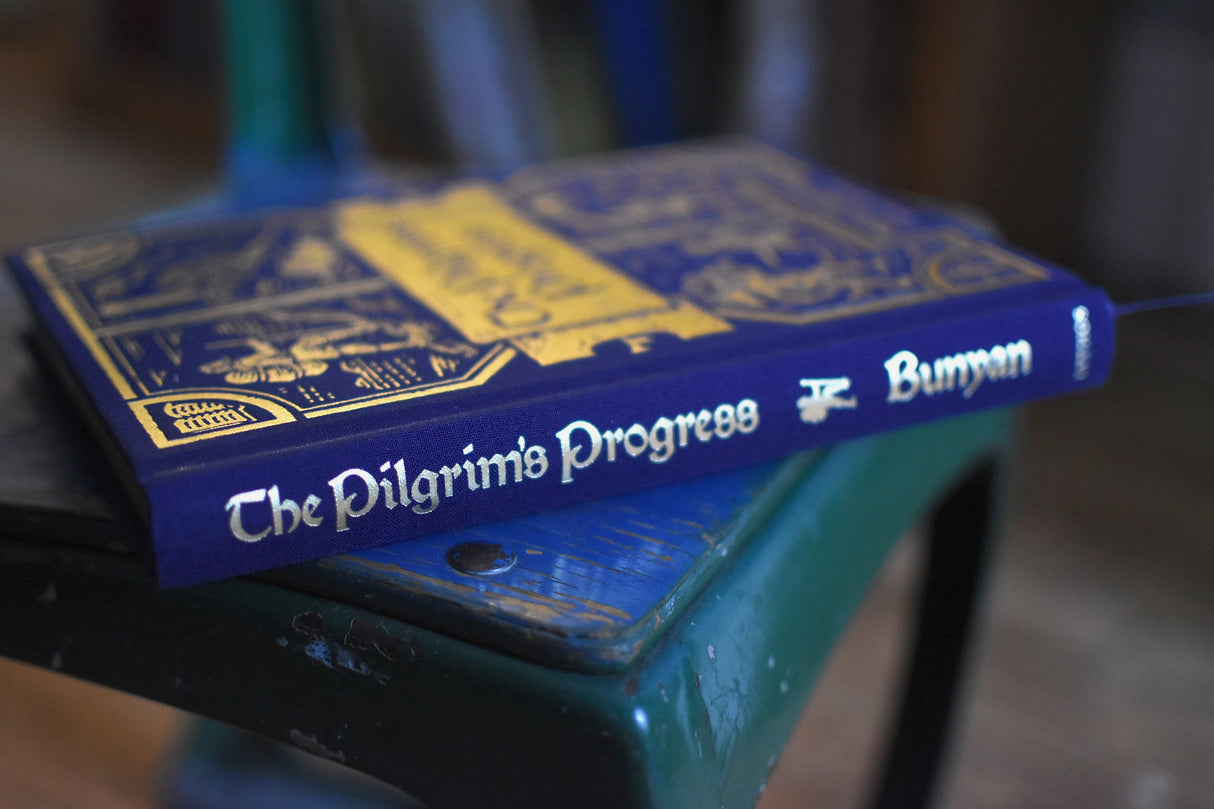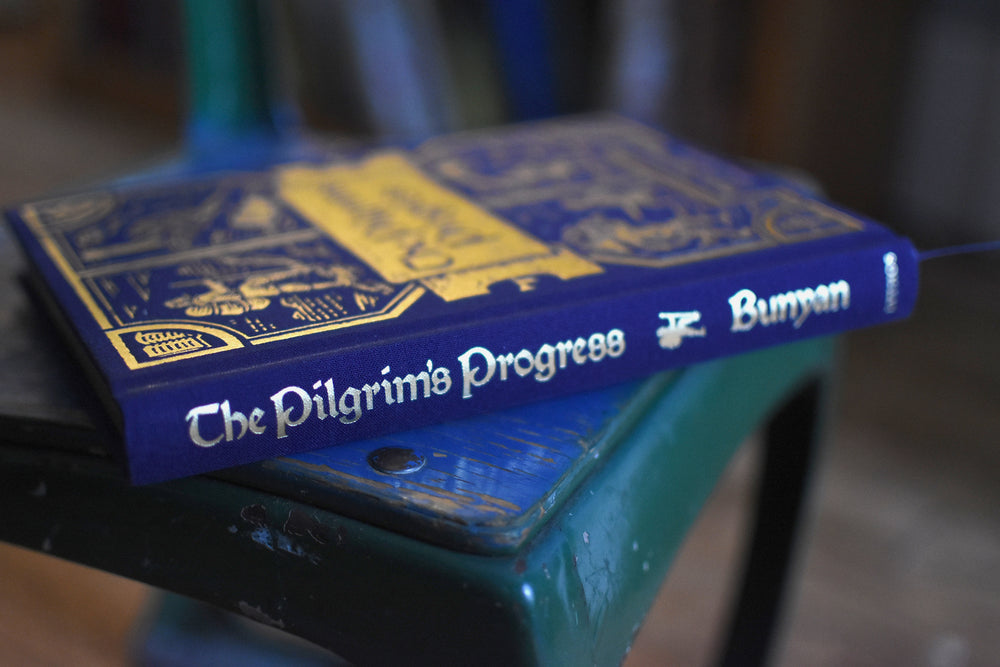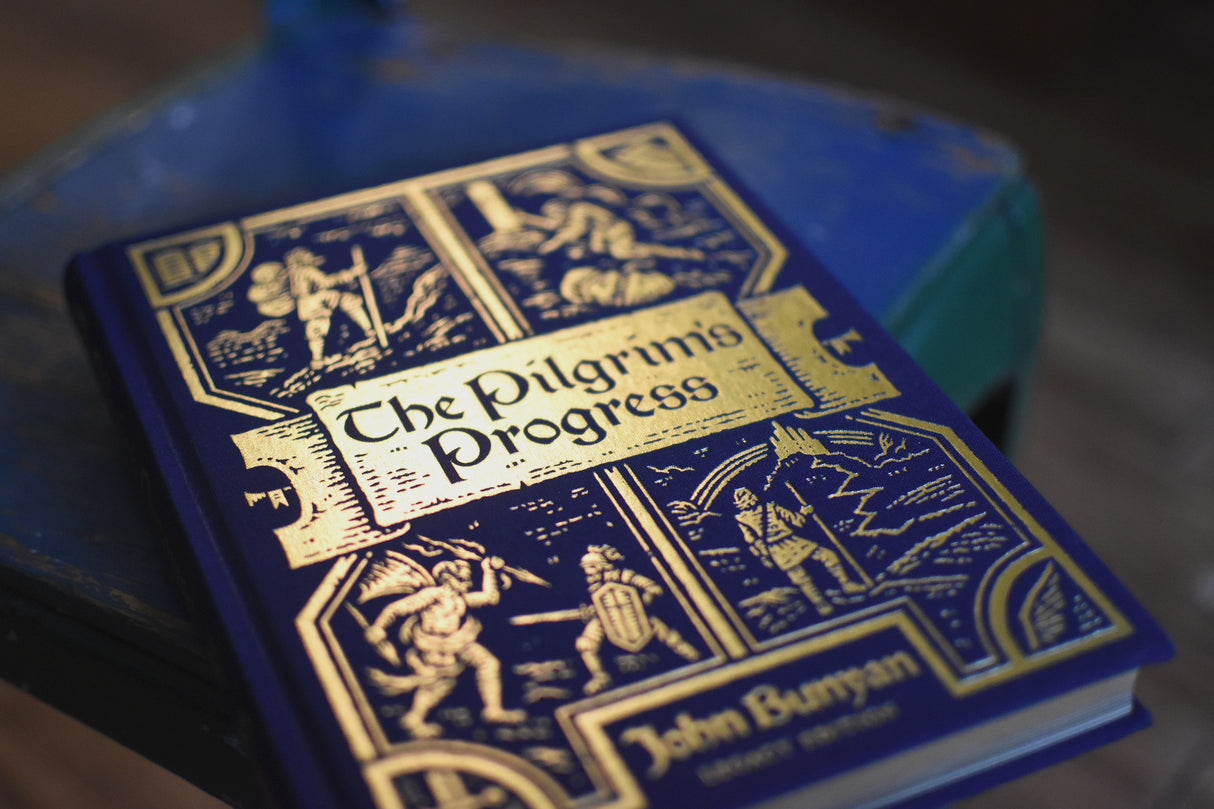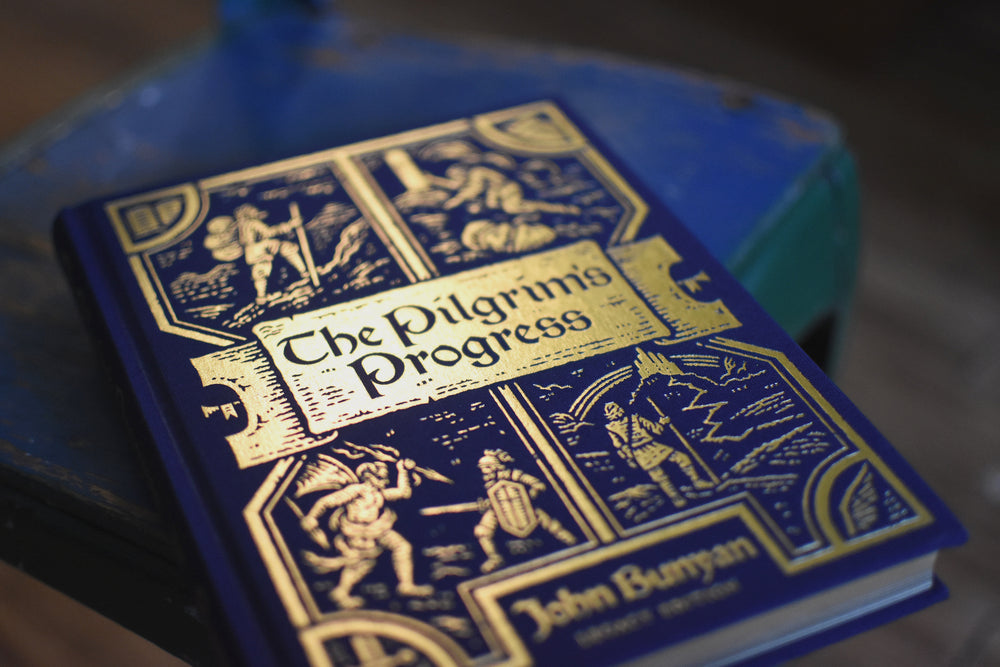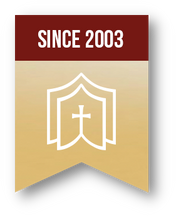The Pilgrim's Progress, Legacy Edition
9% off
$27.26
$29.99
Unit price
/
Unavailable
This product will ship directly from the publisher and you may not receive tracking. Learn More
Many beautiful versions of John Bunyan's work have been produced over the past three centuries. Often these versions included wood-cut illustrations from some of the finest artists of the day, and yet many of those versions are out of print and few heirloom quality editions exist today. Our desire was to honor the rich legacy of illustrations of The Pilgrim's Progress with this new edition.
Some of the special features of the Legacy Edition include:
Unabridged text with carefully updated language
150+ vintage illustrations
Heirloom quality cloth cover, gilded edges, and ribbon page marker
Full ESV Bible references in margins
Large Print
Frameable 6.5x8.5" Pilgrim's Journey Matte Cardstock Map
Our hope is that, as this story has impacted generations of Christians, this edition will continue the legacy of this book for many generations to come.
Some of the special features of the Legacy Edition include:
Unabridged text with carefully updated language
150+ vintage illustrations
Heirloom quality cloth cover, gilded edges, and ribbon page marker
Full ESV Bible references in margins
Large Print
Frameable 6.5x8.5" Pilgrim's Journey Matte Cardstock Map
Our hope is that, as this story has impacted generations of Christians, this edition will continue the legacy of this book for many generations to come.
Specifications
-
Cover Type
-
ISBN
-
Page Count
-
Weight
-
Publisher
-
Publication Date
-
Ages
-
Special Considerations
